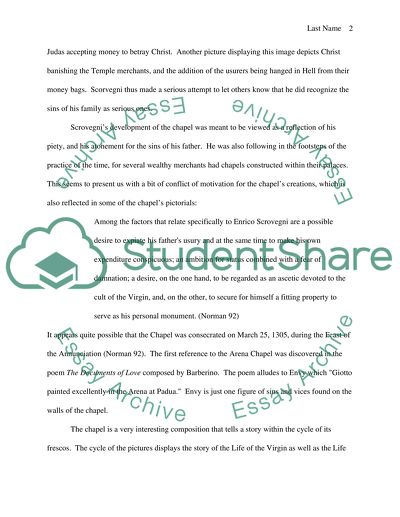Cite this document
(Arena Chapel Essay Example | Topics and Well Written Essays - 1750 words, n.d.)
Arena Chapel Essay Example | Topics and Well Written Essays - 1750 words. https://studentshare.org/culture/1502300-arena-chapel
Arena Chapel Essay Example | Topics and Well Written Essays - 1750 words. https://studentshare.org/culture/1502300-arena-chapel
(Arena Chapel Essay Example | Topics and Well Written Essays - 1750 Words)
Arena Chapel Essay Example | Topics and Well Written Essays - 1750 Words. https://studentshare.org/culture/1502300-arena-chapel.
Arena Chapel Essay Example | Topics and Well Written Essays - 1750 Words. https://studentshare.org/culture/1502300-arena-chapel.
“Arena Chapel Essay Example | Topics and Well Written Essays - 1750 Words”. https://studentshare.org/culture/1502300-arena-chapel.


